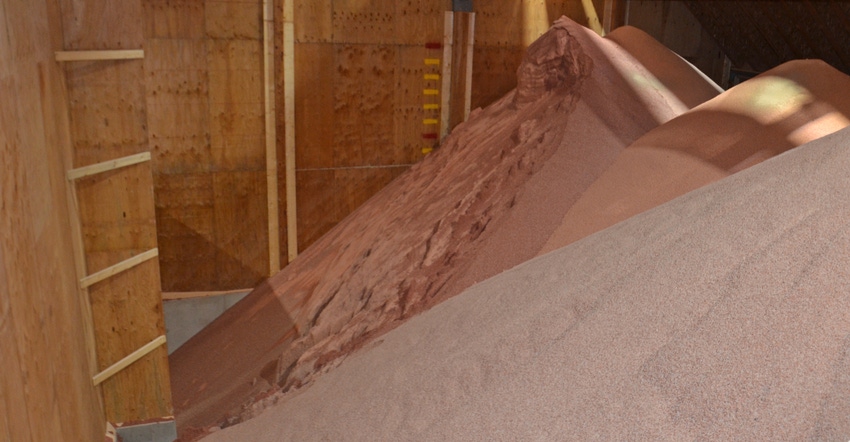
Kerry Graves experienced sticker shock when he priced broadcast phosphorus and potash for the ’22 crop. Yet the Greene County, Ind., grower harvested strong yields in ’21, which means he removed a sizable amount of nutrients. What is the best way to manage P and K when fertilizer costs are high?
Jim Camberato, Purdue University Extension soil fertility specialist, realizes it is not business as usual this year. He lays out his approach in this interview.
Where do you start in deciding P and K strategies? The key to prioritizing P and K use is to have recent soil-test information. Your top priority should be addressing fields or areas within fields where soil-test levels are below the critical level. The further the soil test is below the critical level, the more likely yield will increase with applications of that nutrient, and that yield increases will be larger.
What if soil-test levels are very low? Be cautious about applying less-than-recommended rates on soils that test low for K. For P, older research indicated applying some P in a starter band and the rest broadcast was better than all broadcast or all banded. However, for soybeans, if you’re not set up to apply starter, it’s unlikely yield response would justify investing in equipment.
What if soil-test levels are between the critical level and maintenance range? Traditionally, we’ve recommended replacing crop removal of phosphate and potash to maintain soil-test levels. But if levels are within the maintenance range, you likely won’t see a yield response to P and K this season. You have the flexibility to not apply P and K without expecting a yield loss.
What if P and K soil-test levels are high? If levels are above maintenance limits, there is no agronomic need to apply P and K and no need to replace crop nutrient removal short term. If you believe fertilizer prices will come down long term, delay P and K applications and monitor test level changes with regular soil sampling.
So, you would concentrate on fields or areas that test low or very low in P, K or both? Yes! Fertilizer rate decisions have more potential impact on profits when soil-test levels are deficient because yield can be decreased by a nutrient deficiency to an extent that offsets savings of reduced fertilizer rates. This is the “sufficiency” approach, since you’re targeting the highest return to fertilization in one season. Purdue has taken the “buildup and maintenance” approach for 40 years, which now gives someone who followed it the opportunity to not apply P and K in a year when prices are unusually high.
Based on new and ongoing research at three Purdue ag centers with soybeans, we expect that when the soil test is near the critical level, the rate of fertilizer needed to maximize dollar return to fertilizer will be something less than crop removal. At very low soil-test values, the needed fertilizer rate will be more than crop removal, but less than standard buildup recommendations.
How can farmers learn more? Start with Using Fertilizer P and K Wisely. Also read Fertilizer Price Adjustments to Fertilizer Recommendations.
About the Author(s)
You May Also Like




